More than one hundred REMIC microphones in action at RIVERBOAT JAZZ FESTIVAL in Silkeborg – Denmark.
Let’s jazz it up – By supplying the five main stages, at this year’s RIVERBOAT JAZZ FESTIVAL ….
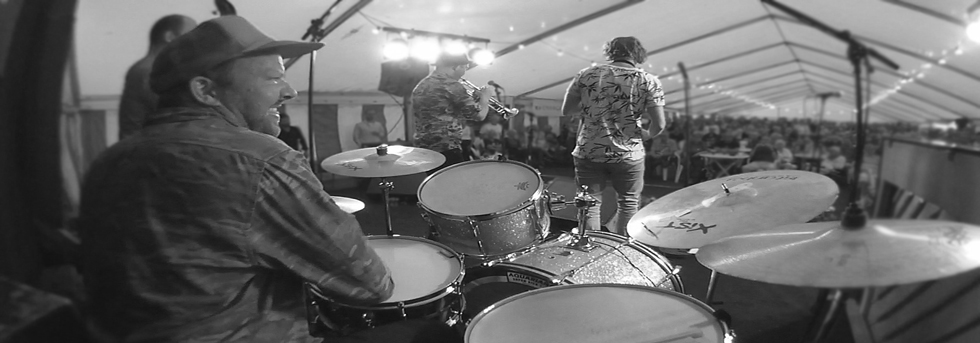
Morten Ærø – drums, SIX CITY STOMPERS, snare and tomtoms mic’d with REMIC DR1000 microphones.
By supplying the five main stages, at this year’s RIVERBOAT JAZZ FESTIVAL with several models of REMIC microphones, enabled artists, bands and sound engineers to get an extraordinary oportunity to experience the true power of REMIC MICROPHONES in a live scenario.Through many years of cooperative work with our user-driven innovation platform, REMIC MICROPHONES unites microphone, instrument, artist and sound engineer, in order to fulfill the true expression of musical art and eradicate one more barrier between artist and audience.
Below you will find some statements and comments gathered from FOHs and artists, who used the REMICs during the festival.
Soundwise, it all went according to plan
I would like to use the opportunity to boast a little bit, as I was praised by Niels Abild of Kansas City Stompers for excellent sound engineering
during their concert. According to their drummer, it was the first time this had happened. Before the concert, Niels jokingly threatened to
“shoot the sound engineer”, if he wasn’t supplied with tons of reverb in his monitor. Funny thing is, I actually put just a tiny bit of reverb in there.
I used REMIC microphones for the piano, contrabass, tomtoms and saxophones, and I really enjoyed them. The drum mics have an open and
natural sound, which characterizes all of the REMIC microphones I utilized. The bass microphone was practical and extremely well-sounding, and
as a basis for all the other microphones, I could more or less have a flat characteristic, and just low cut a little bit.
To me, piano microphones have always been a bit of a “hit or miss”-case. It can be difficult to achieve good sound in the mid-tone area, which
I believe is partly due to the tone of the piano. What also happens when raising the volume, it tends to become a bit too ‘alive’.
This is relative from pianist to pianist, however, which doesn’t always make it easier. I was once again confirmed in how large a role the pianist
plays for the output sound, as the pianist from Kansas City Stompers played way more aggressively, which defined the tone a lot more than the previous pianist that evening.
Alex Olesen | FOH | RIVERBOAT JAZZ FESTIVAL 2016
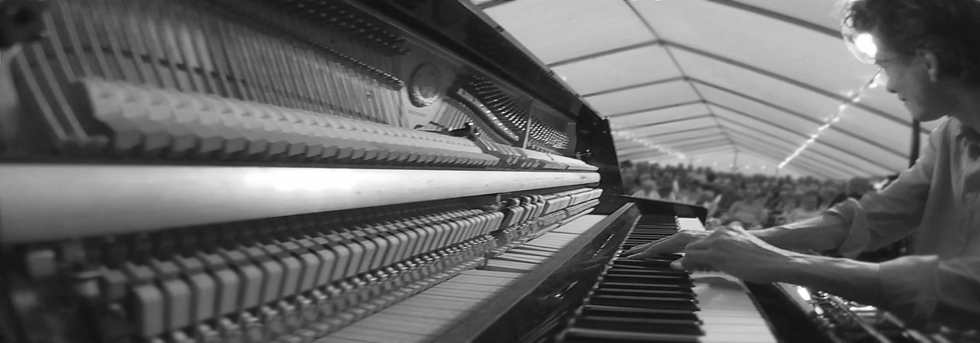
Peter Rosendal, performing on upright piano mic’d with a pair of REMIC P6100, prototypes.
A good first hand impression
I was very impressed by the REMIC microphones during the festival; especially the horn microphones (W3000) were amazing! I have never
achieved such easy and excellent sound on horns. In comparison to other clip-on microphones I have used, the REMICs did a great job at conserving the natural acoustic sound of the instrument.
The REMICs did not affect the acoustic output, but let me control eventual problems. It can be more difficult if one is not used to it, or is not familiar with the instrument that is to be amplified. But if your goal is to simply focus on the instrument and amplify its natural sound, this is by far the best solution I have ever tried!
I had mixed experiences with the contrabass microphones, where I had a lot of lows with some of the basses. However, I am quite sure that this
was because of the quick changeovers between artists, where there wasn’t enough time to conduct a proper sound check, and where they might have been so quick that the microphone was not mounted completely correct on the instrument. It was also obvious that the more expensive, upper-tier basses sounded a lot better than its cousins in the lower tiers.
In regards to the drum microphones, I had an excellent experience with the snare microphone (DR1000) in particular. It takes up such little
space, that it is not a nuisance for the drummer, and it is just extremely well-sounding.
I achieved a nice punchy sound with great attack and a firm “lows” on all of the snares during the festival. The only thing I was missing was more
of the seiding, but this is, of course, amplified by a microphone mounted underneath the snare, so I don’t really see this as lacking for the particular microphone.
I did not have great success with the tomtoms, but this was due to the fact that the tomtoms simply did not sound good, which was reflected in
the output. With the REMICs it seems impossible to “hide” bad sounding instruments.
The REMIC Grand piano microphones sounded incredible as usual.
My opinion is that the things the REMICs are capable of doing, they are capable of doing fantastically. But as with everything else, they are not
an all-round solution.
Lasse Fisker | FOH | RIVERBOAT JAZZ FESTIVAL 2016
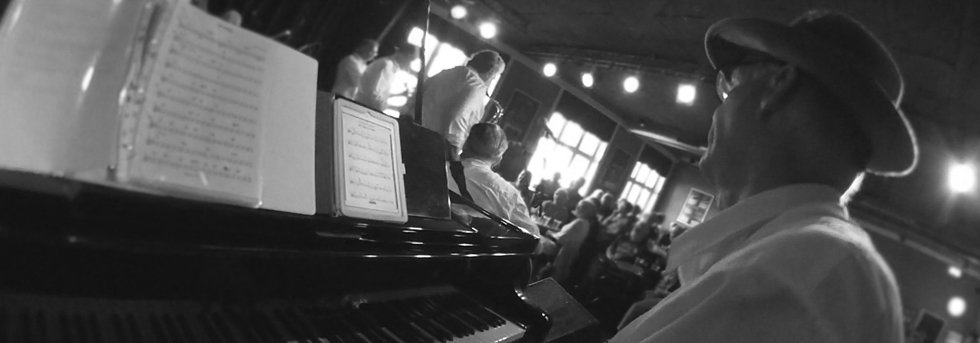
Gert Jacobsen – grand piano, JAZZ VEGAS 7 performing at RAMPELYS. REMIC Grand Piano microphone capturing the sound of the old “house-grand”.
An excellent experience
My experience of the REMIC microphones were that they were fantastic, and it also seemed that the musicians, the brass players in particular, liked them as well.
I found the horn microphones really good, and it was easy to find out how to adjust them. However, I found the double bass microphone
(D5400) a little difficult, as I couldn’t figure out exactly how it was supposed to be mounted. During the last band at Rampelys on Saturday, it was
feeding at 300Hz shortly, but without the majority of the audience noticed.
I had to play around a bit with the EQ on it, as it had a tendency to capture the sound of the cymbals. This was something I heard in my headphones, as I could not understand why the cymbals were so prominent.
The drum microphones sounded really well, were easy to mount and to work with, but they also brought noticeable sound from the cymbals.
All in all, I think the microphones were great. If I knew someone, or if I personally were to engineer sound on horns or jazz-sound, I would definitely recommend and use the REMIC microphones. They are great to work with despite these miniscule problems.
Sebastian Sylverster Thomsen | Sound engineer trainee at Rampelys
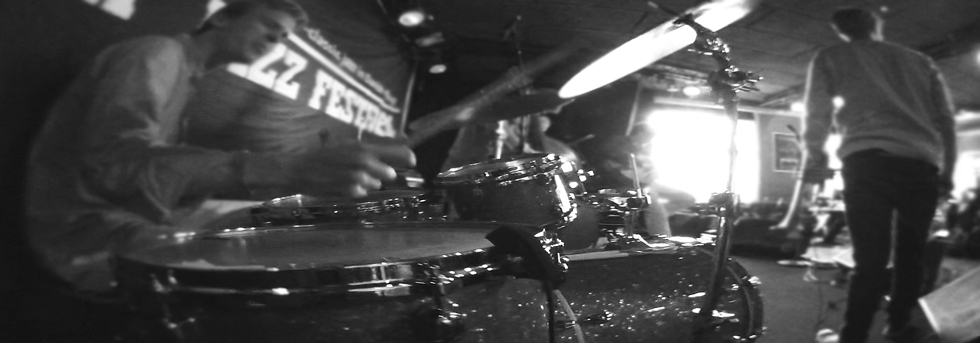
Malte Arndal – DR, performing with Claudia Campagnol, Erik Kimestad, Jacob Artved and Felix Moseholm.
And more to come!
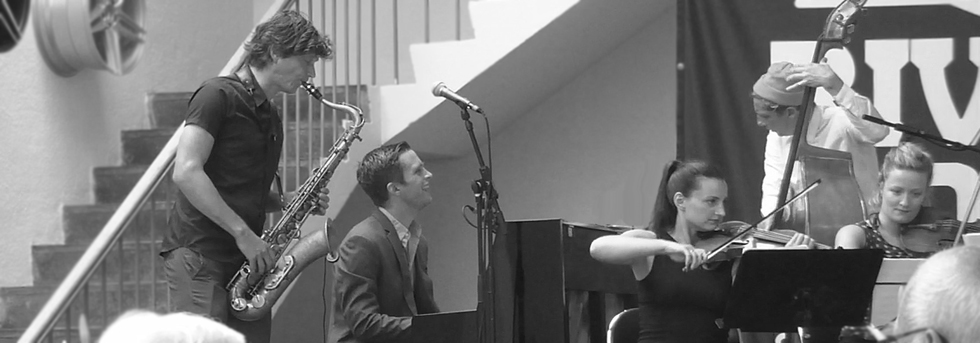
Dino with Strings, performing at “CarLounge” at the RB2016 festival. Sax mic’d with REMIC W3000, the upright bass with D5400 and the string quartet with the legendary REMIC Quartet Kit.
Join us at Facebook
thorkild larsen, riverboat jazz festival, remicmicrophones, violin, cello, viola, upright-bass, grand-piano, music, festival, dpa-microphones, shure-microphones, akg microphones, sennheiser, instrumentmicrophones, drums, brass-and-woodwind, saxophone, trombone, trumpet, rampelys, not piezo pickup, condenser microphone, instrument microphone. Through many years of cooperative work with our user-driven innovation platform, REMIC MICROPHONES unites microphone, instrument, artist and sound engineer, in order to fulfill the true expression of musical art and eradicate one more barrier between artist and audience.
